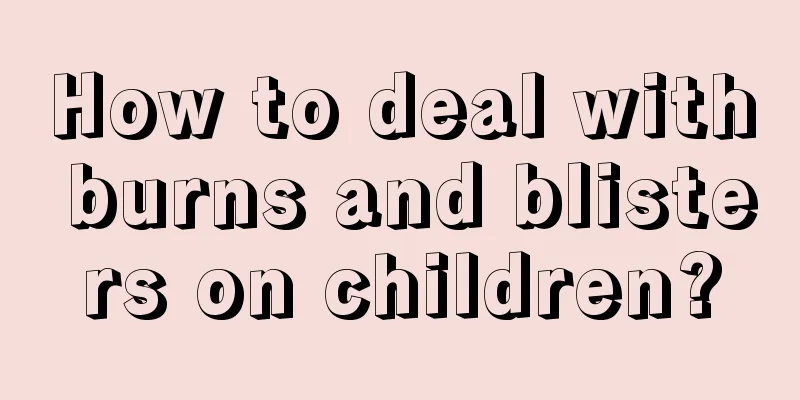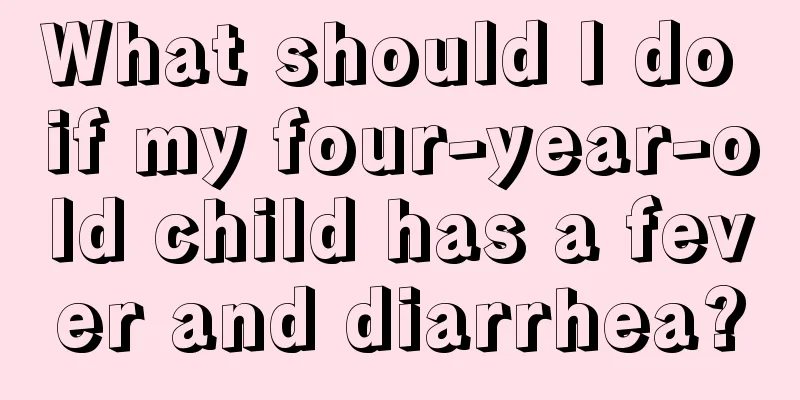What should I do if my one-year-old baby has a fever and the fever doesn’t go away?

|
Families with children are most afraid of their babies getting sick. Babies have poor body resistance and can get sick if you don't pay enough attention. The most common one is fever. Fever is a normal immune response in the body that helps kill bacteria and enhance resistance. When you have a fever, various immune functions in the body are "activated", including faster metabolism, increased antibody synthesis, and enhanced phagocyte activity. These immune responses can inhibit the growth and reproduction of pathogens and help recover from the disease. However, if the baby has repeated fever, it is not a good sign. Now let us understand the problem of repeated fever in one-year-old babies. There are many causes of fever in children. Upper respiratory tract infection, gastroenteritis, tonsillitis, pneumonia and all infectious diseases may cause fever symptoms. In addition, babies under one year old may also develop fever due to urinary tract infections, gastrointestinal diseases, and hand, foot and mouth disease. In many cases, a doctor must be consulted to find out the real cause of the fever. The normal basal body temperature of children is 36.9℃~37.5℃. Generally, when the body temperature exceeds the basal body temperature by more than 1°C, it is considered a fever. Among them, low fever refers to body temperature fluctuating around 38°C, and high fever refers to body temperature above 39°C. Continuous fever for more than two weeks is called long-term fever. The basic principle is that if the temperature is below 38 degrees, do not take antipyretics or antipyretic injections, and let the baby drink plenty of water. Pay attention to whether the ambient temperature is too high. In the hot summer, the temperature is very high and the baby's ability to regulate its own body temperature is poor. When the mother holds the baby, the heat is not easy to dissipate, causing the body temperature to rise. However, this kind of fever usually does not last too long. Put the child in a cool place, fan him slightly, give him some cool fruit juice, or give him a warm bath, and the body temperature will return to normal after a few hours. In winter, if the indoor temperature is too high and the baby is wrapped too much, the baby's body temperature will also rise. If the fever is above 38.5 degrees, please ask a doctor immediately to confirm whether it is a viral infection or a bacterial infection. If it is a viral infection, use antiviral drugs (such as ribavirin); if it is a bacterial infection, use antibiotics (such as cephalosporins). Do not rush to reduce the fever. The fever is only a symptom and the cause of the disease must be found out. After reading the above questions about one-year-old babies having repeated fevers, mothers must have a correct understanding of fever. It takes time for a baby to reduce fever, and parents should not be too anxious. As long as they master the correct care methods, such as applying cold compresses on the head with a wet towel, wiping the body with warm water or taking a warm bath, they can help the baby cool down. If the symptoms cannot be relieved or the condition is serious, please seek medical attention in time. |
<<: Home care for infants with asthmatic bronchitis
>>: What is the normal body temperature for a one month old baby?
Recommend
What's wrong with the bulge of the front fontanelle?
The anterior fontanelle is unfamiliar to mothers ...
What should I do if my twelve-year-old child is nearsighted?
Myopia in children is a very serious problem. It ...
How to clear throat for children
Many parents find that their children clear their...
How many months is it best to wean your baby?
Many parents are always struggling with the quest...
How many months does the baby grow milk teeth
When babies reach a certain stage of development,...
Baby's motor development is delayed, these situations need attention
Parents are not only very concerned about their b...
What should I do if my 2-month-old baby has a fever?
Many people ask what to do if a child has a fever...
What to do if baby's eyes are red and swollen
The health of the baby is a concern for all famil...
What are the characteristics of a two and a half month old baby's weight?
Babies develop very quickly from birth to one mon...
When can babies eat rice?
For children, milk is their only food when they a...
What causes tongue ulcers in children?
Tongue ulcer is a type of oral ulcer, which is ma...
What to do if baby has small red bumps on his back
When babies first come into this world, they need...
What should I do if my child is too thin and has a picky diet?
Children's picky eating leads to thinness. Fi...
What are the treatments for children with ADHD?
ADHD is a very common psychological disorder in c...
Hand, foot and mouth disease recipes
Hand, foot and mouth disease is contagious, so tr...









